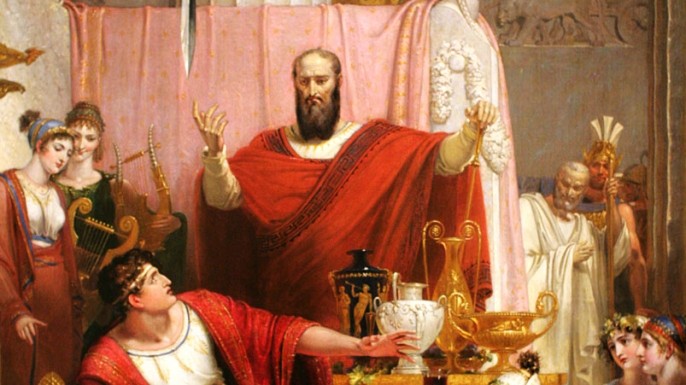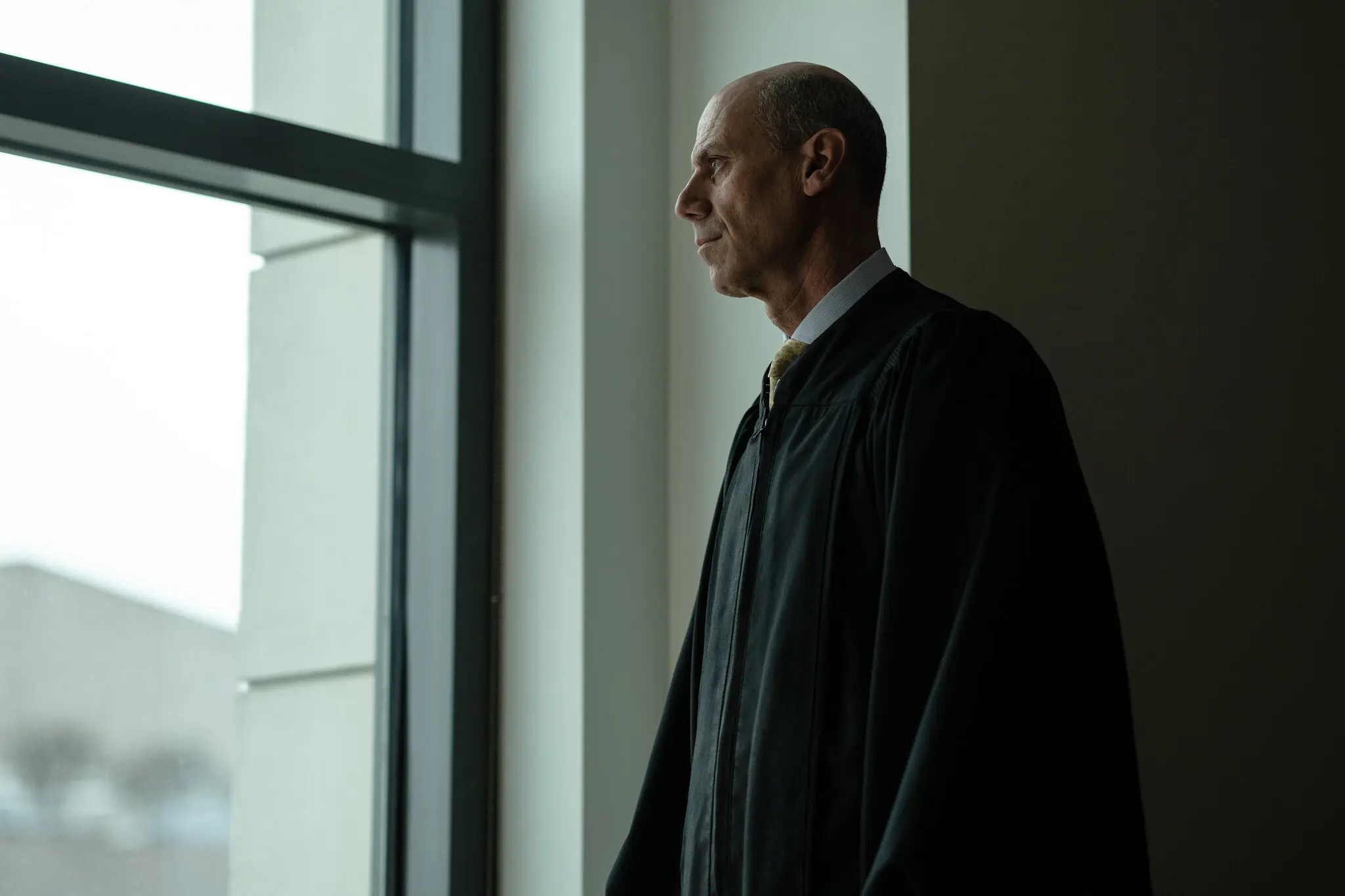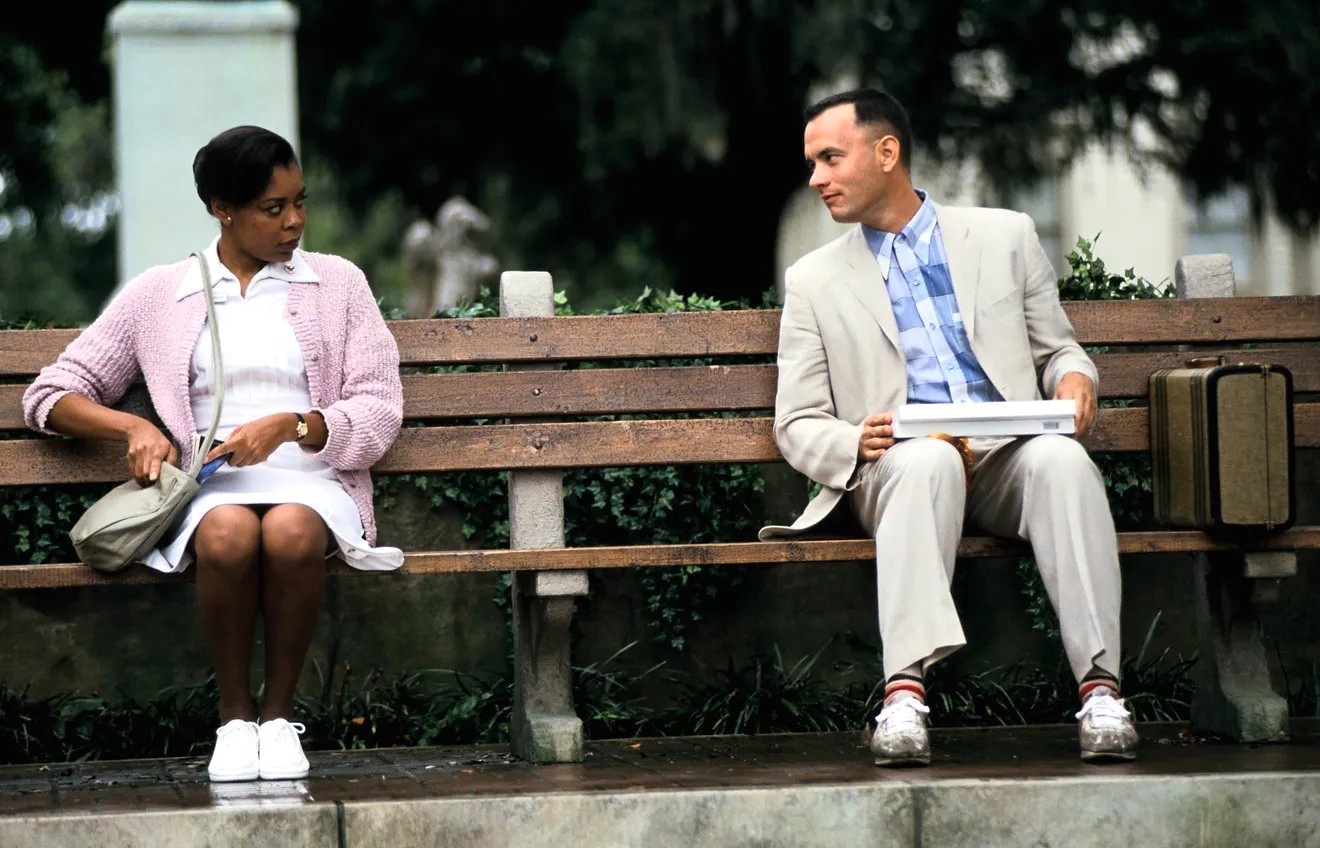When I learned of the death of Kirk Douglas, I remembered the time I spent with him in his Beverly Hills home.

I was in the sixth grade when I was first introduced to art appreciation, (in a public school, no less). After presenting an overview of impressionist artists, the entire class went on a field trip to the Museum of Natural History in Los Angeles to see a traveling exhibit of some of the works by Vincent Van Gogh.
To say I was knocked out by viewing the actual paintings is an understatement. Nothing comes close to seeing artwork in person as they take on a different dimension: the color, clarity and brush strokes; particularly the palette knife strokes of Van Gogh are remarkable to examine. Paintings in books that I assumed were larger, were smaller; smaller paintings larger and the colors, vivid. (I still have a framed print of one of Van Gogh’s self-portraits that I bought at that exhibit.)
When I returned home, I couldn’t stop talking to my mother about the artwork. “I need to go back and look at them, again!” I said.
Later, however, she had something else in mind.
Anne and Kirk Douglas were members of the same tennis club that my parents belonged to, and when they were in town, the two couples enjoyed dinner and tennis together.
During one such gathering, my mother mentioned my trip to the Van Gogh exhibition to Kirk, and, amazingly, he offered to show me some of the paintings in his home, including a Van Gogh. This was a few years after he portrayed the Dutch artist in Vincent Minnelli’s biographical film “Lust for Life.” For his effort, Douglas was nominated for an Academy Award, (he lost that year to Yule Brenner in “The King and I”).
My mom comes home and tells me, “Mr. Douglas has invited you to his home to look at his personal art collection, including… a Van Gogh.”
My mother and I arrive at the home and Kirk greets us, all smiles and charm. Extending my hand, I say something like, “Nice to meet you, Mr. Douglas.”
“Jimmy, it’s Kirk,” he said.
(He wants me to call him Kirk?!)
“Your mother tells me you’re interested in the impressionists, especially, Vincent Van Gogh.”
“Yes,” I said.
After filming had finished, Douglas explains that he bought one of the artists’ paintings. Sadly, I cannot remember what it looked like. I only remember that it was a good size with spectacular color, not something small, tucked in a corner.
“Do you know much about the impressionists, Jimmy?” he asked. (Everyone called me Jimmy, back then. I hated it until Kirk.)
“Well, we studied them in my art appreciation class,” I said.
He walks over and stands in front of another, smaller painting. “This landscape was painted by the French Post-Impressionist, Maurice Utrillo,” he said. “Look at his brush strokes, quite different than Van Gogh’s.
I say something like, “Uh-huh, not bad.” Whatever I said, I remember Mr. Douglas laughed.
My mother and I were only in the house for maybe 30-40 minutes as he showed me other works. Every bit the gentleman, he offered me something to drink and spoke to me like an adult. And his knowledge of impressionist and post-impressionist art appeared encyclopedic.
Flash forward, 2017.
I had recently bought a book by Douglas, “I Am Spartacus!” The book is a memoir of his time making the classic film. However, the real story in the book centered on blacklisted writer, Dalton Trumbo.
The McCarthy period was a dark time in American history as many in Hollywood had been targeted by the House Un-American Activities Committee to root out communists in both Hollywood and Washington DC. When screenwriter Dalton Trumbo was called before the committee to answer questions about his involvement with communism as well as his friends, he refused to answer. As a result, he and nine others – known as the Hollywood Ten – were sent to prison for obstruction.
After serving ten months, Trumbo was able to find steady work, however, he was forced to either use a pseudonym or an “acceptable” writer’s name with whom he would share the proceeds.
When Douglas hired Trumbo to adapt Howard Fast’s novel, “Spartacus,” the actor had become a box office force in Hollywood, but that didn’t save him from attacks by gossip columnist Hedda Hopper and John Wayne for using blacklisted writers. Disgusted by all the fear and prejudice fed by McCarthy and his House disciples, Kirk Douglas – at great risk to his own career – chose to give Trumbo complete screen credit for “Spartacus,” signaling the end of the blacklist.
After reading the book, I decided to send Mr. Douglas a letter to see if he remembered anything about the time he invited me to his home to look at his artwork. I included a copy of my “Stand For” book.
A couple of weeks later, I received a brief typed note with his signature.
“Dear Jim,
“Thank you for your wonderful book. I look forward to reading it. You brought back many memories, I am grateful for that.
“Sincerely, Kirk Douglas”
While I only spent a short time with him, I remember a respectful, considerate and knowledgeable gentleman, as well as a great lover of art.
I also remember him asking me to call him Kirk.
Comments










